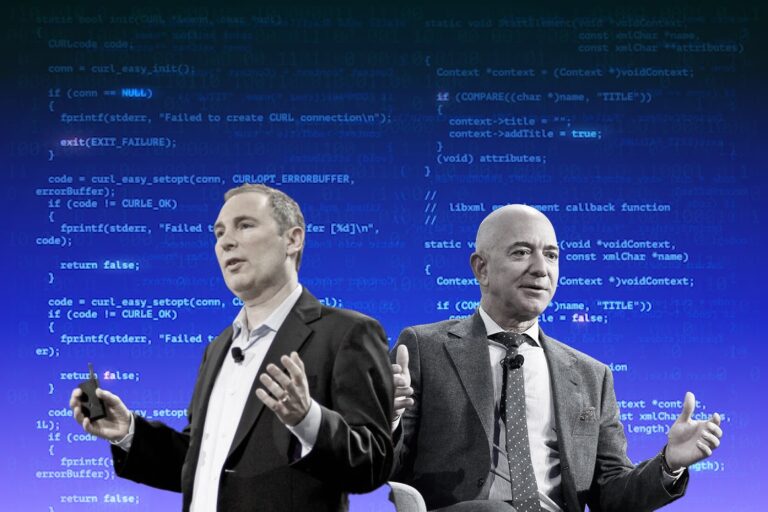The Rise of Next Generation Integration Platform MuleSoft
MuleSoft is a software company headquartered in San Francisco, California, that provides integration software to help businesses connect data, applications and devices across on-premises and cloud computing environments. Started in 2006, the company’s Anypoint Platform of integration products is designed to integrate software as a service (SaaS), on-premises software, legacy systems and other platforms. It includes various tools to develop, manage and test application programming interfaces (APIs), which support these connections.
MuleSoft builds an active communication channel for sending and exchanging data over a reliable and secure platform between the integrated application. The information targets the developer who wants to build and integrate APIs and databases in an advanced ecosystem, as well as other applications. The main focused audience of this tutorial will be a developer working on ESB and the company looking to migrate their already existing application to the Mule environment. This tutorial is beneficial, along with these two, for students and researchers who are interested in technology.
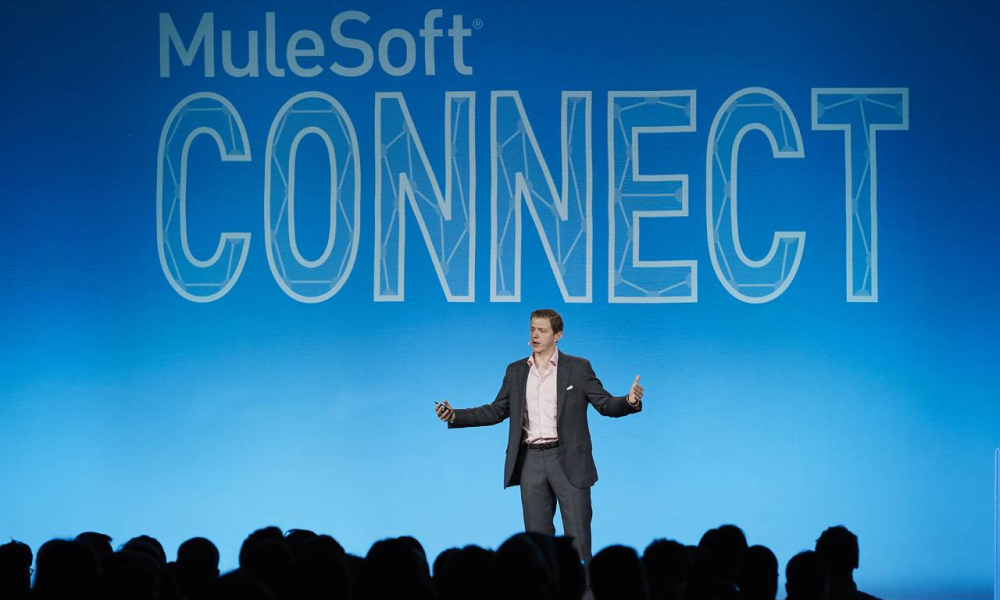
MuleSoft was founded by Ross Mason and Dave Rosenberg. According to the company’s website, the name MuleSoft derives from the platform’s ability to eliminate integration “donkey work.” Additionally, because mules are a hybrid combination of donkeys and horses, the company chose the name to reflect its platform’s hybrid capabilities.
Ross Mason worked on a project in the banking sector for one of the investment banks in London where he focused on what MuleSoft does today. It was a seemingly impressive project back then – he as well as his partners were endeavoring to connect disparate systems that took approximately $35 million and 18 months. During this time, what really hit him was how painful and complicated it was to deal with heavyweight back-end systems and trying to move the information across these systems. He and his partners were working with an architecture and concepts that were pretty solid. However, the execution and type of software available from the big middleware vendors made it hard to realize these great ideas. And that is where Mason got the idea for MuleSoft – to develop a platform that enabled these new types of architectures and was easy to use for any developer.
Afterwards, Mason and his partners decided to build a campaign management system for charity donations. It was thought an interesting project to work on because it was an omni-channel problem: Campaigns could run through print, TV, billboards and mailings, and the donors could engage and donate through SMS, phone, email or regular mail. Interestingly, he helped them build the system with the provision that he would own the underlying platform and open source it. This became Mule. Mason then built an open source community around it to market test it with the developers and gather feedback to improve it – before creating a company around this software.
Organizations in more than 60 countries, from emerging companies to Global 500 corporations, use MuleSoft to innovate faster and transform their businesses. MuleSoft has already found enormous financial success with the increasing demand from enterprises, due to rapid growth of cloud, mobile and the Internet of Things, all which generate an ever-growing number of technologies that need to be integrated.
MuleSoft has nearly 900 enterprise customers across industries, including 4 of the top 10 global auto companies, 4 of the top 9 global banks, and 2 of the top 5 global retailers. Customers include BSkyB, Intuit, MasterCard, Siemens, Unilever, Verizon and VMware.
Over the years, MuleSoft received financial backing from New Enterprise Associates, Hummer Winblad Venture Partners, Morgenthaler Ventures, Lightspeed Venture Partners and Bay Partners, among others. The company filed for its initial public offering in 2017.
Solving Enterprise Integration Problems by Unique Data Platform
In the IT world, there are a lot of platforms that need to communicate with each other by API’s, messaging, etc. Every platform has different formats of data and different types of ways to store the data into the database. The easiest way to simplify the process is to efficiently communicate from one platform to another. So, technology and data-driven companies need MiddleWare software who can efficiently do this job. MiddleWare is a small software that allows communicating two systems to each other.
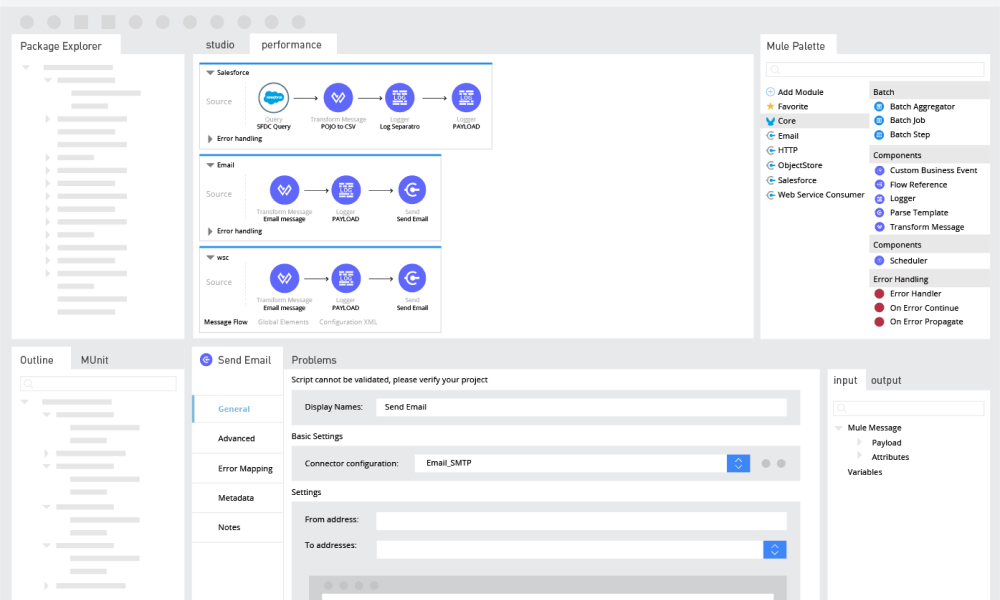
MuleSoft is a lightweight and highly scalable platform that allows us to connect to different types of applications. An enterprise service bus ESB is a fundamental architecture which is a set of rules and principles for integrating numerous applications together. The core concept of ESB is to integrate different applications by putting communication bus between them. Therefore, ESB manages all the interaction between applications and components. Though technology companies have many ESB implementations in the market, but all are vendor specific. MuleSoft provides the freedom to communicate with any type of vendor so it is not the vendor specific. MuleSoft provides a generic solution for communications.
Anypoint Platform: Providing a Better Investment
Many of MuleSoft’s customers considered other solutions for API development, management, and integration before deciding to invest in Anypoint Platform. Anypoint Platform is often the technology of choice as organizations do not want to leverage multiple integration tools when MuleSoft can do it all in one platform solution – in essence, organizations do not want to “integrate their integration tools.”
Anypoint Platform delivers both full lifecycle API management and integration platform as a service (iPaaS) on a single runtime, allowing customers to consolidate the number of integration technologies and applications used. Because of this, the customers saved more than $1.6 million from reduced maintenance of APIs, integrations, and retired technologies.
MuleSoft’s ability to proactively monitor APIs reused across projects with Anypoint Platform’s alerting capabilities has led to a 30% reduction in issues related to integrations and API usage. It is significant for technology companies that have a relatively small-sized team and need to stay efficient.
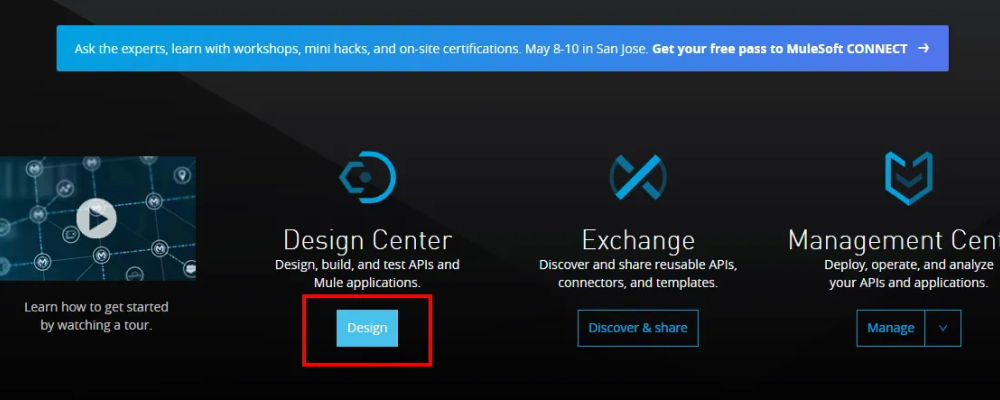
What puts Anypoint Platform at the top is that it has API development features built on an integration platform, so it’s not just pure API management. It helps companies build a lot of applications to meet client needs and conduct integrations in a scalable way, but they do not have to rewrite customized code or take more development hours because of its ease of integration.”
MuleSoft’s advanced technology and methodology enables organizations across the globe to accelerate their digital transformations and realize significant top- and bottom-line impact as a result. MuleSoft’s customers deliver modern experiences and empower employees across organizations to innovate better and faster than they ever have before.
MuleSoft is uniquely positioned as the engine for digital transformation, combining API and integration capabilities in one platform to fundamentally accelerate the clock speed of business. With the #1 integration and API platform, companies can leverage their existing infrastructure investments and take advantage of new technologies to meet changing customer demands.
Anypoint Runtime Fabric: Improving Deployment Effectively and Easily
Anypoint Runtime Fabric is a container service for multi-cloud deployments. Anypoint Runtime Fabric makes it easier for users to deploy Mule applications and APIs to their managed infrastructure whether it is in their private IaaS (Microsoft Azure or AWS) or on-premises data centers. Users can flexibility deploy APIs and integrations to third-party clouds, while maintaining centralized control through MuleSoft-hosted management and development environments.
Built on Docker and Kubernetes, Anypoint Runtime Fabric drastically simplifies the deployment and management of Mule runtimes on Microsoft Azure, Amazon Web Services (AWS), virtual machines (VMs), and physical servers.
Anypoint Runtime Fabric offers:
- Multi-cloud support: Deploy Mule runtimes consistently across Microsoft Azure, AWS, VMs, and bare metal.
- Docker and Kubernetes built-in: No teams required to support or maintain orchestration and automation.
- Benefits of the cloud and on-premises environments: Isolate applications, deploy multiple runtime versions in the same Anypoint Runtime Fabric, scale horizontally, and redeploy with zero downtime.
- Unified management: Easily manage deployments in multiple clouds all from Anypoint Platform’s cloud-based control plane, hosted by MuleSoft.
To understand how Anypoint Runtime Fabric instead of a do-it-yourself model and how deployment is easier as well as faster with it for companies, let’s start compare the outcome when a team uses a do-it-yourself model for deploying Mule runtimes to third-party IaaS or data centers, versus when they use Anypoint Runtime Fabric.
“Doing-it-yourself” involves implementing a number of capabilities from scratch. This approach not only requires a lot of resources, but also leads to significant manual processes, higher costs, and additional man hours. On the other hand, Anypoint Runtime Fabric allows teams to implement the above capabilities much faster by simply using out-of-the-box components.
In short, Anypoint Runtime Fabric bridges the gap between multiple clouds and on-premises resources, to help enterprises meet changing business requirements in a quick and efficient manner.
As digital transformation needs evolve, organizations will need to adapt to new architecture trends and deployment modes, like microservices, IoT, hybrid cloud deployments and more.
With the release of Anypoint Runtime Fabric, it is dramatically easier for customers to leverage their existing infrastructure investments as well as take advantage of new technologies to meet changing business demands. IT can easily deploy in any environment, future-proofing their businesses so they can focus on delivering transformational results now and for many years to come.
MuleSoft API: Eliminating Point-to-Point Connections
In the business world, being able to access, process and combine such data is vital, as they can hold critical information for the business, the market, the product and the customer.
In the past, it was common for each department in an organization to procure applications independently, in order to manage their own data for their own needs. These applications were built to serve a specific purpose with little provision for the future. Something like a friction-powered car toy: It has one shape, one color and will move in only one direction and it can only change with human intervention and manual labor.
Over the years, and with an increasing need for data-sharing and insight to support business growth, IT departments started connecting these applications with what is known as point-to-point or one-to-one integrations. And this is fine and manageable when there are only a few applications running in a small business. However, with an average lifespan of anywhere between 15 to 40 years, a large enterprise today may have amassed over a thousand applications.
Point to point integration is a quick fix that can just as quickly turn into a big headache. When their infrastructure only has a few components, point to point integration can seem like a lightweight way to connect everything together. Unfortunately, things will not stay lightweight for long.
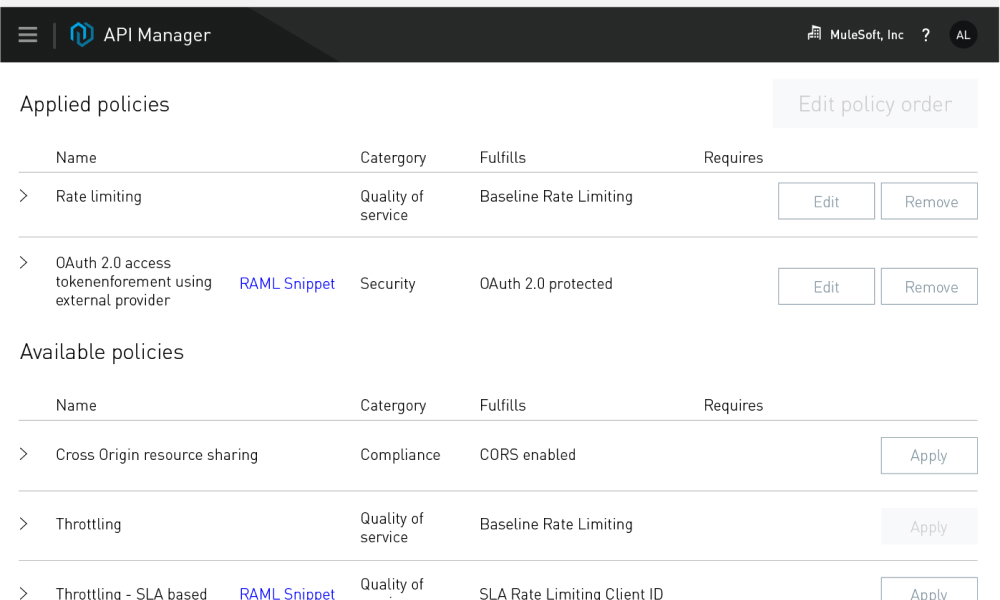
As many organizations have learned the hard way, an infrastructure based on point to point integration quickly becomes unmanageable, brittle, and damaging to both the IT budget and the organization’s ability to meet current and changing business demands.
So, Anypoint Platform, which contains Mule ESB, is built from the ground up to make real-world integration problems disappear. It has support for more standards, formats, and protocols than any other open source ESB, and an intuitive modular structure that eliminates hazy ROI timelines and makes incremental migration to modern integration architecture a reality. An integration framework is only as good as its performance in real world integration scenarios.
MuleSoft Leverages Its Capabilities to Expand Globally
In 2013, MuleSoft announced that they has expanded their global presence with new regional headquarters in Sydney and Buenos Aires, led by vice president of Asia Pacific, Will Bosma, and director of LATAM sales, Patricio Perez Colmegna, to meet increasing global demand for its Anypoint Platform. In addition to the strategic expansion in these areas, the company has also established new regional offices in Atlanta and New York and continues to see significant sales growth and continued momentum in emerging market territories, including Africa and the Middle East. MuleSoft’s expanded presence across these geographies is the first of the many new regional operations planned that will include sales, pre-sales, consulting services and technical support, to cultivate rapid acquisition of customers and international expansion of MuleSoft’s ecosystem of system integrators and partners. Customers in these regions include leading enterprises such as Telstra, Toyota Australia, and Singapore Post in APAC; Megacable Comunicaciones, Servicios de Capital Humano Axo and BBVA Banco Frances in LATAM.
To drive continued growth worldwide and increase MuleSoft’s capabilities to execute in local geographies, the company also announced the addition of three proven industry executives to the company’s leadership team: Dave Wyatt, vice president of EMEA, Will Bosma, vice president of Asia Pacific, and Matt Kilguss vice president of North America. These additions to the leadership team at MuleSoft are an important milestone to the company’s international expansion strategy, establishing strong leadership to better serve customers in the regions and to meet increasing local market demand.

MuleSoft’s accelerated international expansion comes on the heels of the company’s recent funding announcement led by NEA, and the launch of its Anypoint Platform, the first and only complete integration platform to enable connectivity to any application, data service or API, across the entire cloud and on-premise continuum. Executing on its vision for connecting the New Enterprise, MuleSoft’s Anypoint Platform enables enterprises and developers worldwide to take advantage of the explosion of applications and data by empowering them to generate a new wave of business opportunity through the on-demand connectivity of those endpoints.
MuleSoft has become a global phenomenon. With the growing adoption of SaaS, mobile, Big Data and open APIs, there has been a massive explosion of endpoints and a resulting fragmentation of the enterprise. By allowing organizations to harness the power of their applications and data through integration, they have emerged as the de facto standard in providing the platform for connecting the New Enterprise. Through strategic global expansion, they are enabling legions of companies to gain competitive advantage through integration.
Acquired by Salesforce: The Merger of Two Big Player in the Software Industry
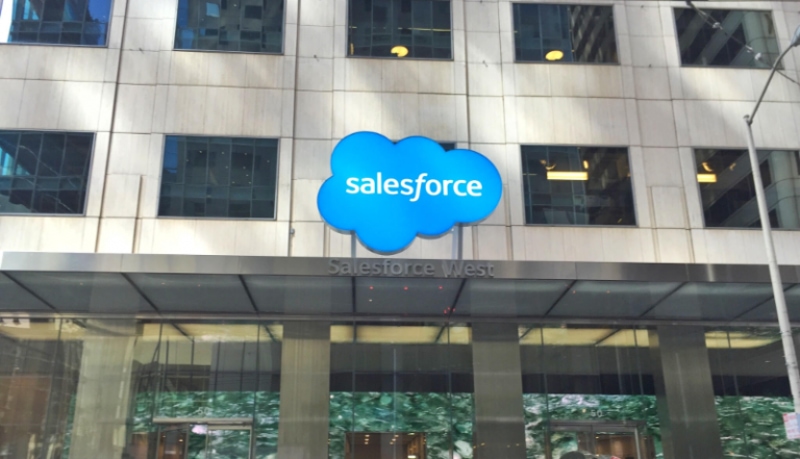
In 2018, Salesforce consented to purchase MuleSoft for about $6.5 billion in its biggest ever obtaining, as the market pioneer in client relationship programming makes a forceful play for new items and corporate clients.
Salesforce is a MuleSoft customer, along with the likes of Accenture, Coca-Cola, Netflix, and Tesla. The developer’s Anypoint Platform supports service-oriented architecture, Software-as-a-Service integration, and API management to enable customers to secure the flow of data between all systems in the enterprise.
San Francisco-based Salesforce is paying $36 in real money and 0.0711 offers of its basic stock for each MuleSoft share, as per an announcement. That is 36 percent more than MuleSoft’s end share cost on Monday. Salesforce said the $6.5 billion aggregate cost speaks to MuleSoft’s endeavor esteem.
Salesforce has attempted to contend with bigger adversaries including Oracle Corp, what’s more, Microsoft Corp, by extending its corporate programming offerings.
The organization expects to twofold yearly income by 2022, however development had hindered as of late. MuleSoft extended quickly by helping organizations like McDonald’s Corp. furthermore, Coca-Cola Co. associate applications, information sources and gadgets utilizing as a part of house servers or open cloud suppliers.
“The achievement and reconciliation of MuleSoft into Salesforce will be a vital need for us as we make a beeline for $20 billion” in deals, Salesforce Chief Executive Officer Marc Benioff wrote in an email to MuleSoft representatives.
Greg Schott, MuleSoft Chairman and CEO, said, “with the full power of Salesforce behind us, we have a tremendous opportunity to realize our vision of the application network even faster and at scale.”
MuleSoft says its Integration Platform-as-a-Service empowers developers to integrate and orchestrate apps and services across enterprise data centers and cloud environments, connecting nearly every technology in a standardized way. Most large Salesforce deployments for enterprise customers involve some form of integration solution, and there is an abundance of products on the market.
Accelerating digital transformation from the convergence of Salesforce and MuleSoft
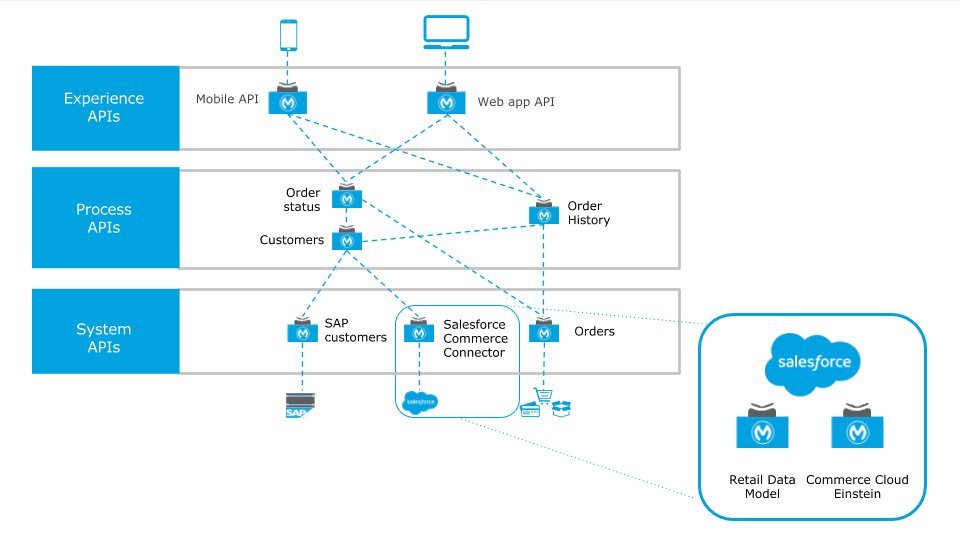
The acquisition paves the way for a faster migration to the cloud and breaks the data silos in the enterprises. Similar to how Salesforce integrated other acquired products, MuleSoft believes Salesforce will offer Integration as a Service (as Integration Cloud) using MuleSoft as the key technology building block.
18 months after acquisition, MuleSoft created APIs to connect different systems together. This could be quite useful for Salesforce as a bridge between older software that may be on-prem or in the cloud. It allows Salesforce and its customers to access data wherever it lives, even from different parts of the Salesforce ecosystem itself.
To accelerate digital transformation initiatives, MuleSoft and Salesforce are innovating on new joint technologies. Unleash the full power of Salesforce Customer 360 with APIs provides information on new product innovations from MuleSoft and Salesforce to help customers innovate faster, including:
MuleSoft Accelerators for Salesforce Clouds:
Pre-built APIs, templates, and reference architectures to help joint customers implement critical integration use cases for Service Cloud and B2C Commerce Cloud, faster.
Salesforce and third-party connectors and templates:
Anypoint Exchange, our marketplace of APIs and integration assets, includes out-of-the-box connectors and templates to Salesforce and common third-party systems like SAP, Oracle, Amazon S3, Azure, and more.
API Community Manager:
Built on Salesforce Community Cloud, API Community Manager is a new offering that allows organizations to build personalized, digital developer portals to promote API products and increase engagement across ecosystems.
Thousands of customers across industries are transforming their digital business with MuleSoft and Salesforce. With integration, they are extending and enriching legacy investments, powering custom applications with third-party data, connecting CRM with back-office systems, creating a 360-degree customer view for service agents, building best-in-class healthcare and financial services solutions, and more. Together, MuleSoft and Salesforce enable organizations to rapidly surface their data to deliver intelligent, connected experiences across channels and touch points.
The company also wants to put these kinds of integration skills in the hands of more Salesforce customers, so they have designed a set of courses in Trailhead, the company’s training platform, with the goal of helping 100,000 Salesforce admins, developers, integration architects and line of business users develop expertise around creating and managing these kinds of integrations.
The company is also putting resources into creating the API Community Manager, a place where people involved in building and managing these integrations can get help from a community of users, all built on Salesforce products and services, says Mark Dao, chief product officer at MuleSoft.
Act Quick in COVID-19 Response and Being Proactive in the Pandemic Makes Them Thrive

As MuleSoft starts to emerge from the global crisis, businesses and communities of all sizes are looking to reopen as quickly and safely as possible. However, COVID-19 public data is highly fragmented across disparate sources and difficult to consume, making it hard to know what data is reliable to act on and to scale across experiences. At the same time, organizations across industries are racing to address emerging needs – requiring a faster way to unlock data across applications and systems.
That is why MuleSoft are introducing new tools and resources that enable business leaders and developers to easily access public health data and quickly respond to time-sensitive, mission-critical initiatives that require data from external systems. These solutions allow IT teams to move quickly by leveraging pre-built APIs and developer resources instead of manually building from scratch, saving precious development time. New solutions available for free include:
COVID-19 Data Platform is an open data service for developers and the Salesforce ecosystem – powering the Tableau COVID-19 Data Hub and the Work.com Command Center. COVID-19 Data Platform ingests and aggregates data across public sources, including The New York Times, EUCDC and the COVID Tracking Project, and curates them into standardized data models that can be reliably used to make data-driven decisions, whether through visualizations or automations. Examples of what these data sources provide include daily updates on the number of cases at the state and county level, the number of positive and negative test results in the United States, and the number of new cases per day across the European Union. Powered by MuleSoft and Tableau, the public data is available as open APIs on MuleSoft’s API and integration marketplace, Anypoint Exchange, and within Tableau Public so that any developer or analyst can access and integrate crucial data into applications and build new visualizations. Thanks to the contribution of Akamai, the intelligent edge platform for securing and delivering digital experiences, we are able to serve API requests quickly and reliably anywhere in the world. The Tableau COVID-19 Data Hub is also available in AWS Marketplace, to extend the value and collaboration to third-party developers using Amazon Web Services (AWS).
Crisis Response Developer Portal provides developers with curated COVID-19 related resources, including the APIs and data models for the COVID-19 Data Platform; important healthcare integration assets, such as APIs, templates and best practices to accelerate the delivery of critical healthcare projects; and curated third-party APIs that support how organizations address the COVID-19 pandemic. In addition to the most useful resources found on Anypoint Exchange, the Crisis Response Developer Portal will also feature contributions from successful partner and customer projects – encouraging a collaborative community oriented around patient needs. By leveraging pre-built integration assets, healthcare IT and other developers can quickly support a coordinated front-line response.






